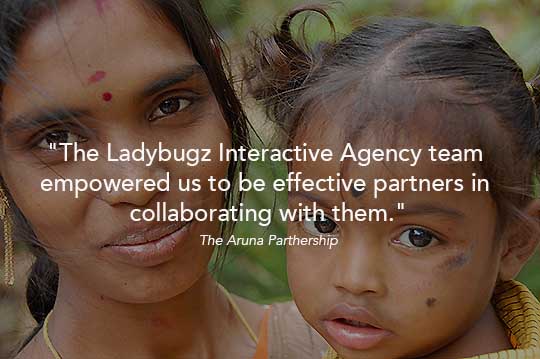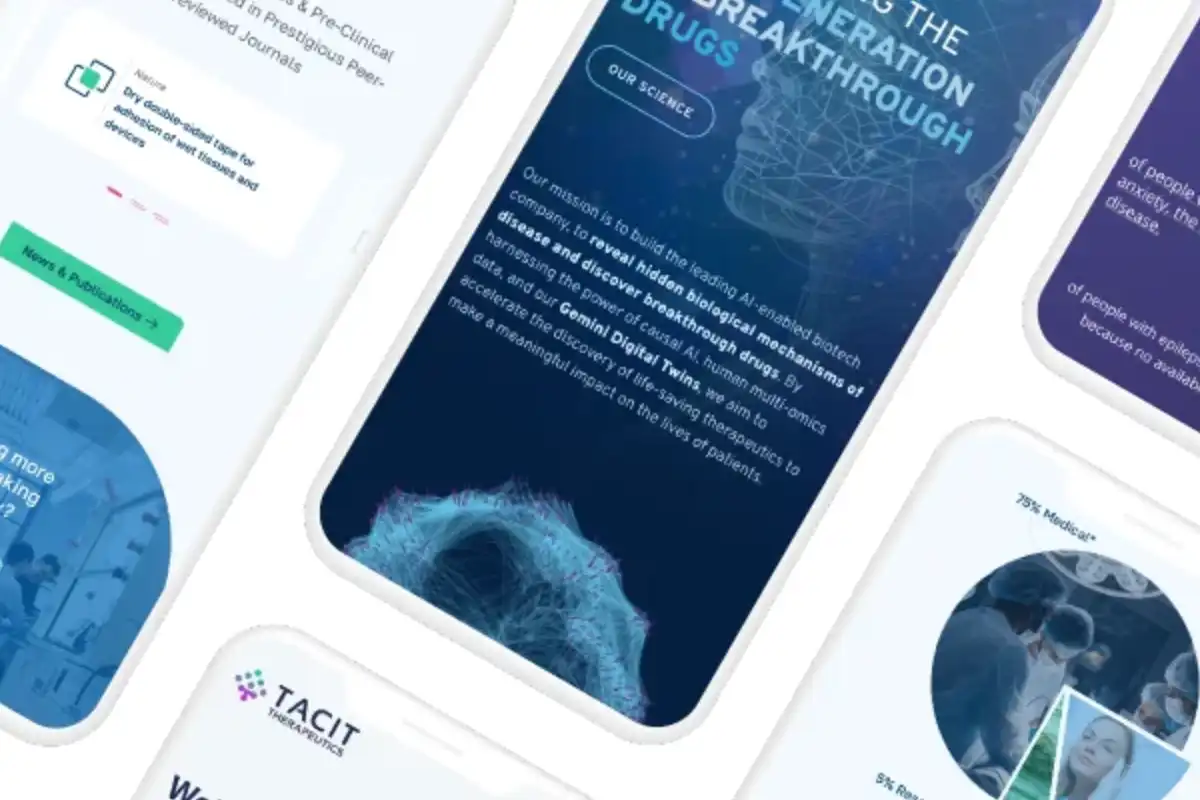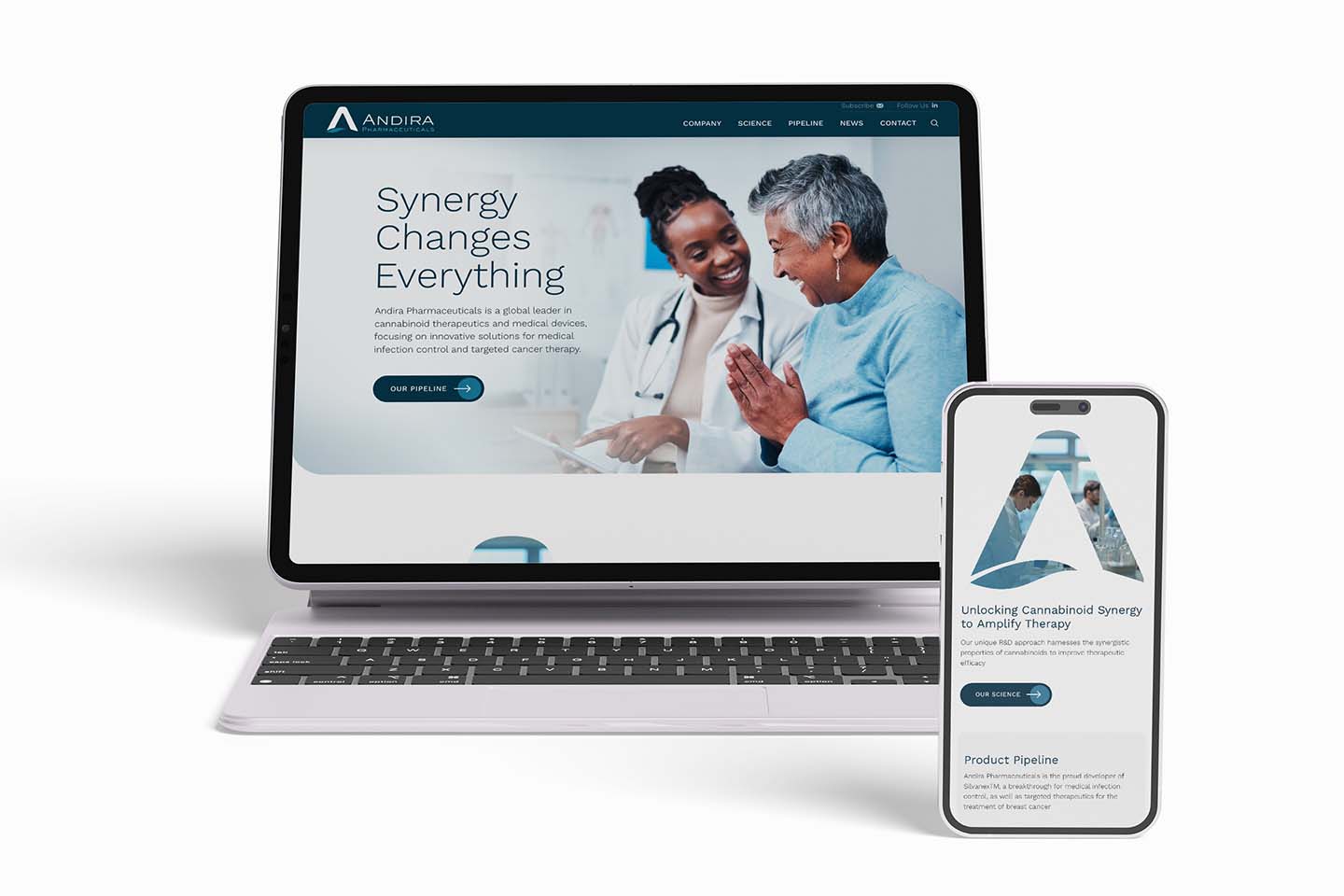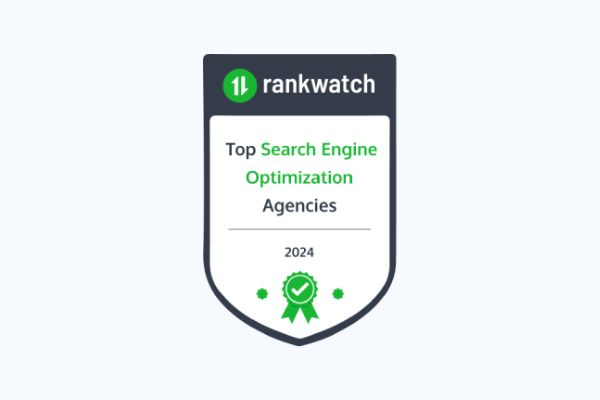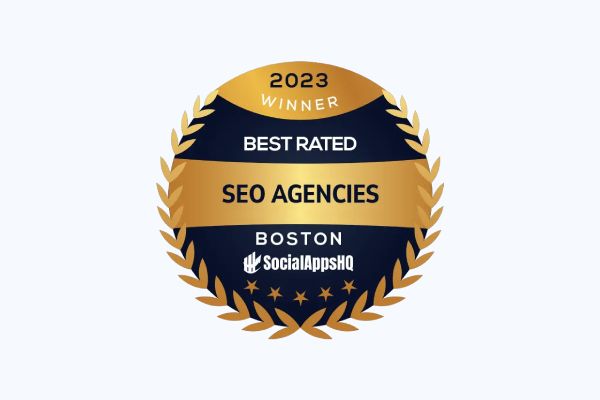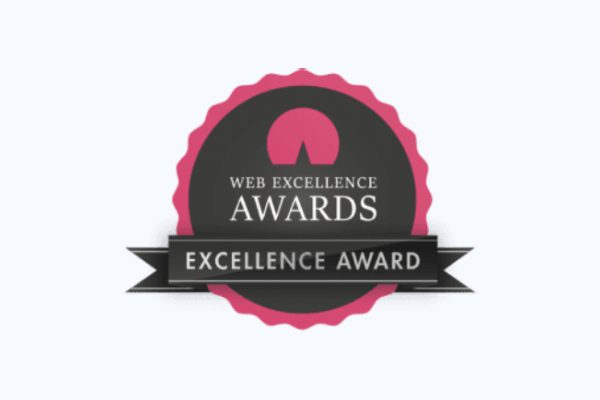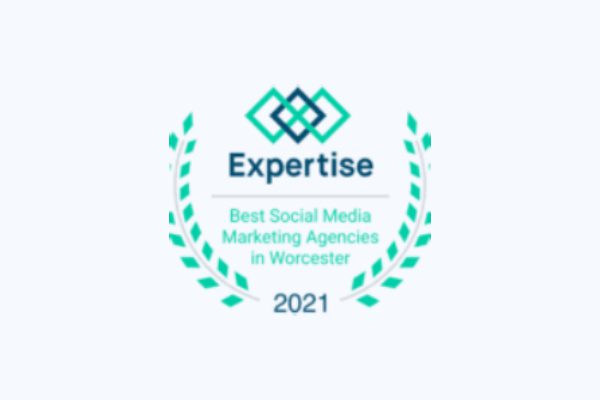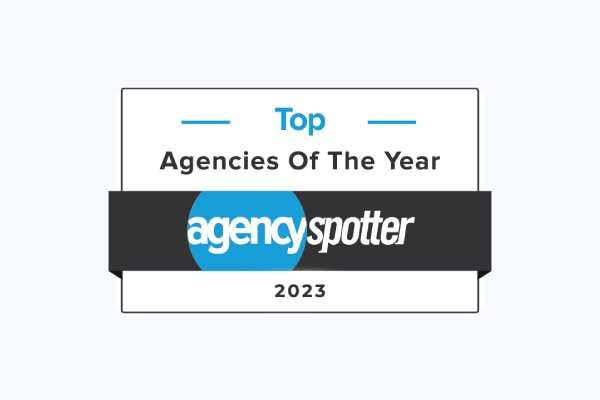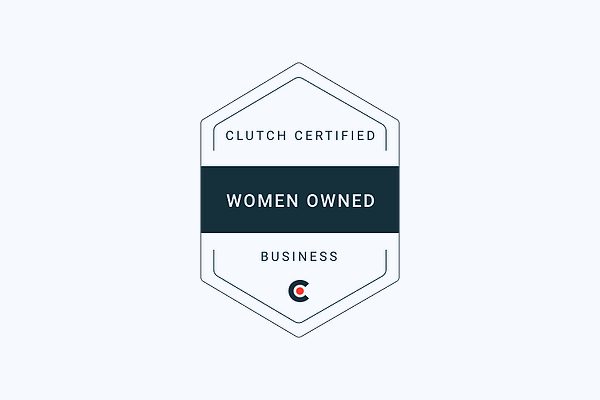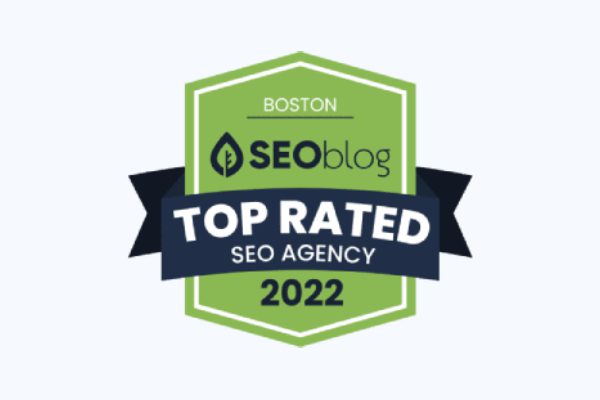Any website can end up good, bad, or ugly. But non-profits have their own set of challenges, and building websites for non-profits even more so.
In particular, we’re talking about notoriously limited budgets that often require a lot of DIY action by staff or volunteers.
What are their choices given these restraints?
Do any of these approaches sound familiar?
- The first option is to fly solo using a website creation platform like WordPress, Squarespace, or Wix.
- A second option is to hire a full-service digital agency but reduce your expectations for the site’s functionality and the number of pages.
- A third possibility is shopping around for individual services—including a developer, writer, designer, and hosting service—and acting as a project manager to bring it all together.
Each of these methods has its pros and cons regarding money, staff time, and skills required. If you’re short on resources and expertise, the methods above often take much longer than you anticipated and fall short on design, functionality, performance, and SEO results—all key elements of website success.
What’s the bottom line? In short, if your website fails to attract and engage visitors, it’s that much harder to meet your funding, recruitment, and awareness goals.
We’ve put together seven fundamental lessons for building websites for non-profits based on our experience and collaboration with Aruna.
Another Approach for websites for non-profits: Focusing on Greater Partnership and Accessibility
You may be asking if there’s another way to lower the cost and increase the efficiency of building high-quality websites for non-profits. Absolutely, and here’s the recipe for success: partnership and accessibility.
Partnership:
Collaborate in new ways by making the most of the non-profit team’s skill set—such as marketing strategy and copywriting. By taking on a larger role in the project, the non-profit is empowered while agency hours and fees are reduced. This doesn’t mean, however, that the agency and non-profit teams work in silos—they collaborate and share ideas throughout the process.
Accessibility:
Second, and equally important, provide the non-profit access to the site during production. This enables them to work directly on the production site without having to go through the agency’s team.
This two-ingredient recipe requires planning, trust, and ongoing communication. It takes an honest effort to form one cohesive team from two organizations, but the results can have both immediate and long-lasting impact.
If you’re wondering about what we mean by “greater collaboration and accessibility,” read on.
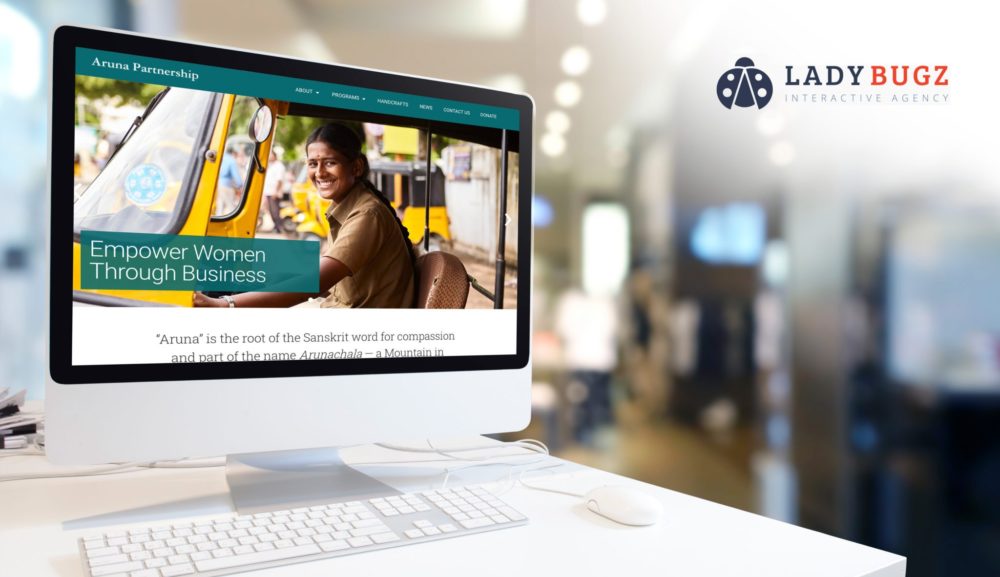
The Challenge: How to Build a Website for a Deserving Non-Profit with a Small Pocketbook
Here’s a real-life example of website collaboration and accessibility.
We recently worked with the Aruna Partnership, a non-profit organization that, for three decades, has assisted people in the impoverished Tiruvannamalai district of Tamil Nadu, South India.
Many of Aruna’s programs focus on education, such as sponsoring education for children, vocational training, and technology for off-site learning. Other programs are literally a matter of life and death, including providing hot meals and food supplies for the needy and providing care and housing for traditionally outcast widows. One featured program is Fair Trade handicrafts, where Aruna imports and sells crafts made by local women—providing villagers with work and helping to improve the economy.
Where did our agency come into the picture? Aruna’s compassionate mission, together with the dedication of their staff and volunteers, deeply touched us. We wanted to accomplish three things: create a great website, maximize Aruna’s limited budget, and provide tools to empower Aruna to keep their website up to date.
The Solution: Team Up to Create Agency-Client Synergies
We started a basic premise:
If we could offload some of the work to Aruna, we could maximize our combined resources. The question was how. I have to admit that when we first had the idea of opening up the production site to Aruna, we had some reservations—but also optimism. We thought the idea had potential, but we didn’t know what kind of bumps we might experience along the way.
Fortunately, we found something very valuable and essential—a talented staff that was eager to give it their all, be flexible, and learn along the way. At the same time, as with any website project, we faced several challenges.
Right off the back, the current site was in HTML—which was impractical if Aruna planned to directly work on the site. Instead, we went with WordPress; the Aruna staff was already familiar with the platform and was willing to learn more.
The second challenge was figuring out what such an approach would logistically require, such as:
What were the best ways to take advantage of our respective skills and time?
What process and workflow would we use to coordinate the work of the agency and client?
How would Aruna update and maintain the site post-launch?
We were able to answer some of these questions up front, such as offering an ongoing monthly retainer to manage ongoing site maintenance and support. Other matters required some back-and-forth adjustments, such as creating a realistic workflow to help build functional websites for non-profits.
Project Success: Lessons for Building Future Websites for Non-Profits from the Aruna Website Project
We’re very proud of the collaboration with Aruna and the quality of the resulting website. The messaging and copy created by Aruna is clear. Our agency’s design is elegant and expresses the organization’s personality. The site’s back end is robust. And it came together in the true spirit of partnership.
Perhaps the best way to explain the process—and why it worked– is by sharing the key lessons we learned:
Lesson #1: You can’t fake commitment.
Aruna put in the time, with enthusiasm and gusto. They demonstrated that this was a top priority. We quickly realized that without such a high level of commitment, this approach wouldn’t have worked.
Lesson #2: Leverage the client’s abilities.
Aruna’s two staff members had strong marketing, messaging, and writing skills, plus some knowledge of WordPress. They learned more WordPress skills on their own, and we coached them as necessary. Our agency focused on design, development, and back-end SEO.
Lesson #3: Create the right level of accessibility.
We created a fool-proof design template for the Aruna staff to use. They had the ability to add copy and make edits, all without the risk of damaging other aspects of the site. Working in synch, with real-time access for all, was a win-win. The design team didn’t have to wait for new copy and go through endless rounds of revisions. Aruna didn’t need to wait for the design team to insert copy; they could instantly see how the copy looked on the page and edit it until they were satisfied. Further, they could see the design evolve and provide feedback in real time.
Lesson #4: Define the process.
Any new collaboration requires mutual commitment to a common process. Whether you use project management software, a spreadsheet, or another method, there must be a consistent way to schedule and assign tasks, track progress, share updates, review work, and plan next steps.
Lesson #5: Be open to continuous improvement.
It’s okay—and natural—not to get everything right on the first try. The important thing is to trust each other enough to bring up problems as they arise, be flexible to change, and take decisive steps to refine the process—as often as needed.
Lesson #6: Communication is critical.
It can get messy with so many hands in the pot. A continuous flow of information, along with a system for ongoing review, will help ensure that the site is cohesive and that all requirements are met. Have frequent conversations—and remember that (1) are no stupid questions, and (2) unasked questions can rapidly throw things off course.
Lesson #6: Seek feedback.
Be open to feedback beyond the project team. For example, Aruna shared the site pre-launch with a test group of customers. With many older donors and volunteers, they wanted to make sure that the site was easy to read and use. This was an unusual step for us, but we were able to make some final adjustments based on the feedback.
Some Important Takeaways for Building Affordable Websites for Non-Profits:
We were able to accomplish our objectives for the Aruna website with a powerful combination of partnership and accessibility. Now, Aruna is free to make copy edits while relying on us for technical elements beyond their skills set—such as security measures, updating plug-ins and software, new functionality, and providing reporting. Having built a foundation of trust while building the website, they are confident in our ability to work together in the future.
The degree of accessibility and responsibilities for building websites for non-profits can be adjusted depending on what each party brings to the table, of course. What is required in all cases is a combination of good planning, flexibility, and open communication that will result in reduced cost, faster launch time, and a website that both agency and client will be proud of.
Find out more about the Aruna Partnership.

Do you have any digital projects in mind? Let’s discuss how we can work together and use digital solutions to reach your goals.
